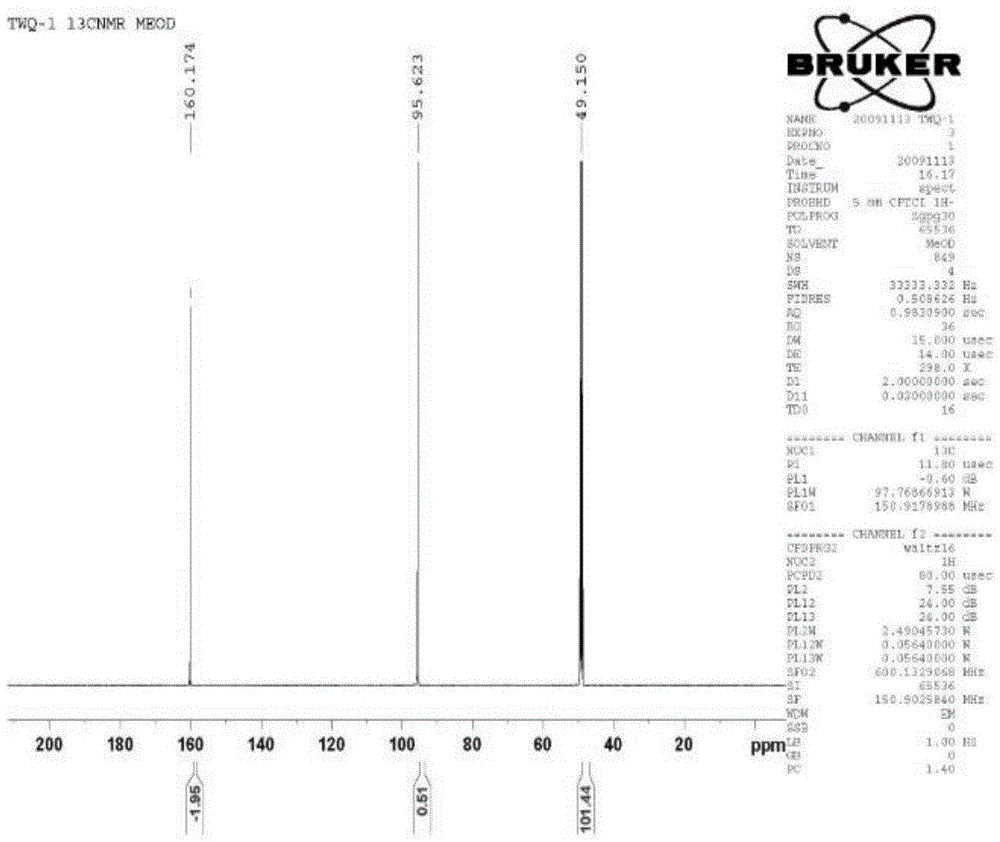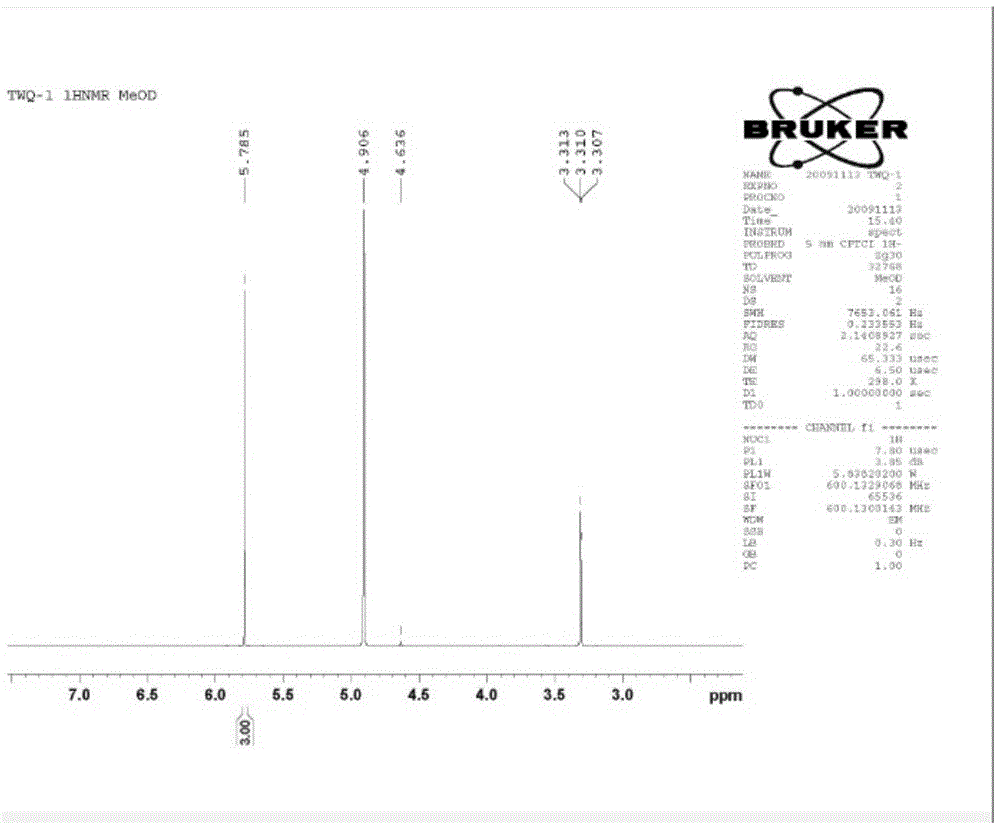A kind of method and application of improving cell phloroglucinol synthesis output
A phloroglucinol and cell technology, which is applied in the field of genetic engineering, can solve the problems that metabolism cannot be known, and the output and yield of phloroglucinol cannot be known, so as to achieve the effect of improving capacity and reducing production and emission.
- Summary
- Abstract
- Description
- Claims
- Application Information
AI Technical Summary
Problems solved by technology
Method used
Image
Examples
Embodiment 1
[0030] The multi-resistance factor gene MarA (GenBank accession number: 6060688), the polyketene anhydride synthetase gene PhlD (GenBank accession number: EU554263), the fructose 1,6-bisphosphatase gene fbp (GenBank: ACT45889.1), And phosphoketolase gene fxpk (GenBank: AY518212.1) were linked together by overlap extension PCR, and then cloned on pET30a by homologous recombination to construct the recombinant plasmid pET-phlD-marA-fxpk-fbp. At the same time, the plasmid pA-accADBC was constructed, and the specific method was the same as the patent CN 102787135B.
Embodiment 2
[0032] The recombinant plasmids pET-phlD-marA-fxpk-fbp and pA-accADBC constructed in Example 1 were co-transformed into Escherichia coli BL21 (DE3) by the heat shock transformation method, and then coated with kanamycin and chlorin Positive clones were screened on the LB solid medium plate with two kinds of resistance, and recombinant E. coli LWNOGPG1 was obtained. The construction of the control bacteria was that the recombinant plasmids pET-phlD-marA and pA-accADBC were co-transformed into Escherichia coli BL21 (DE3) by the heat shock transformation method to obtain recombinant Escherichia coli LWNOGPG0 (all examples used this as the control bacteria).
Embodiment 3
[0034] Using the recombinant E. coli constructed in Example 2 to ferment to produce phloroglucinol, the steps are as follows:
[0035] Inoculate the recombinant cells at a volume ratio of 1% to add 50μg·mL -1 Kanamycin and 30μg·mL -1 Fermentation is carried out in the M9 fermentation medium of chloramphenicol, cultivated to OD under the conditions of culture temperature 30℃, stirring speed 400rpm, and pH 6.0 600 For 8, add the inducer IPTG to the final concentration of 0.1mmol·L -1 , Close the ventilation, continue to feed 40 wt% glucose fermentation for 12 hours;
[0036] The culture broth was centrifuged to separate the cells and the supernatant. The supernatant was extracted once with an equal volume of ethyl acetate; the extracted products were combined and concentrated by distillation under reduced pressure. The resulting solid powder was dissolved in deionized water and subjected to hydrogen spectrum carbon spectrum ( figure 1 with figure 2 ) Was identified as phloroglucinol,...
PUM
 Login to View More
Login to View More Abstract
Description
Claims
Application Information
 Login to View More
Login to View More - R&D
- Intellectual Property
- Life Sciences
- Materials
- Tech Scout
- Unparalleled Data Quality
- Higher Quality Content
- 60% Fewer Hallucinations
Browse by: Latest US Patents, China's latest patents, Technical Efficacy Thesaurus, Application Domain, Technology Topic, Popular Technical Reports.
© 2025 PatSnap. All rights reserved.Legal|Privacy policy|Modern Slavery Act Transparency Statement|Sitemap|About US| Contact US: help@patsnap.com


